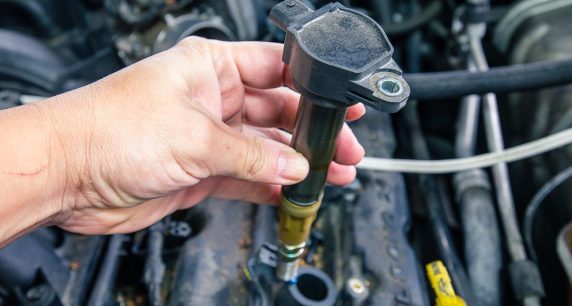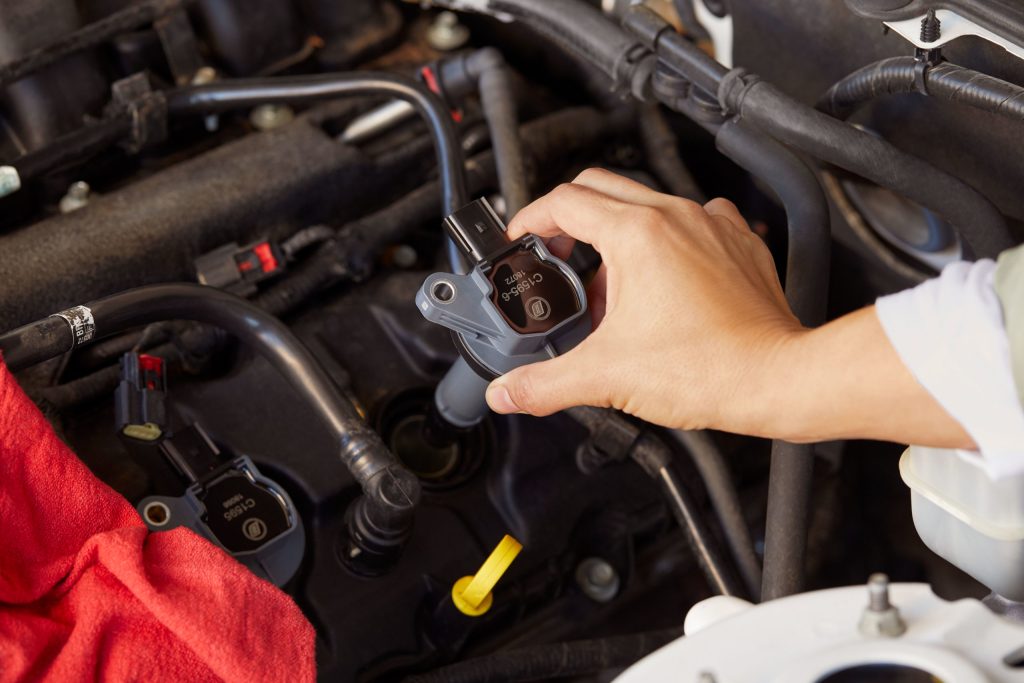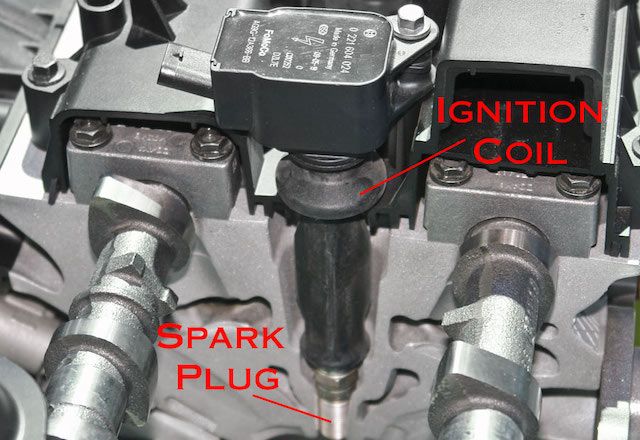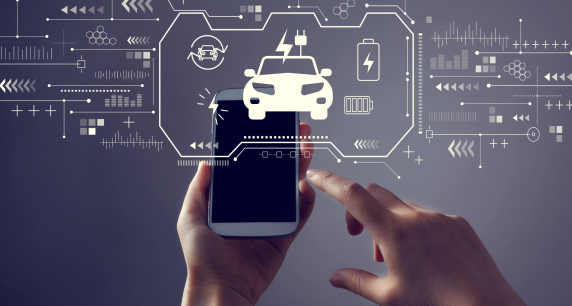What Is an Ignition Coil and Why Is It Important?

If you have an internal combustion engine, you have either one ignition coil, or a set of ignition coils. These little parts are instrumental in firing up your engine and making sure that it stays running. If you want to know more about ignition coils and how they work, you came to the right place.
WHAT DOES AN IGNITION COIL LOOK LIKE?

On a modern engine, there’s usually one ignition coil for each cylinder. Depending on your engine, you would find the ignition coil in one of these places:
- Nestled inside the valve cover, directly connected to the spark plug
- Near the valve cover, connected to the spark plug via a short high voltage wire
Until the 80s or 90s, vehicles had one coil that fired all the spark plugs. That changed when automakers started dedicating one ignition coil to one spark plug. This brought some benefits, including:
- Improved fuel economy
- Less emissions
- Longer spark plug life
The ignition coil is a thin tube-shaped part with the following components:
- Laminated iron core
- Two coils of copper wire
WHY YOUR ENGINE HAS IGNITION COILS
Without ignition coils, your engine’s spark plugs couldn’t make a spark. This is because the car battery can’t create the amount of voltage needed for the spark plugs to ignite the air/fuel mixture. Car batteries can only produce about 12 volts. Spark plugs need between 12K-45K volts. That’s a massive difference. That’s where ignition coils come in.
Ignition coils take the power from the battery and then turn it into a high voltage current. Ignition coils can create enough voltage for spark plugs to create a spark.
HOW DOES AN IGNITION COIL WORK?

When you turn the ignition key, the ignition system is kicked into motion. As soon as you start up the motor:
- The powertrain control module begins to send electricity to the ignition coils in a particular order.
- The ignition coil converts the battery’s low voltage current into a high voltage current.
- The ignition coil transfers the current to the spark plug to which it’s attached.
- The spark plug creates a spark to ignite the air/fuel mixture in the combustion chambers. This powers the engine.



